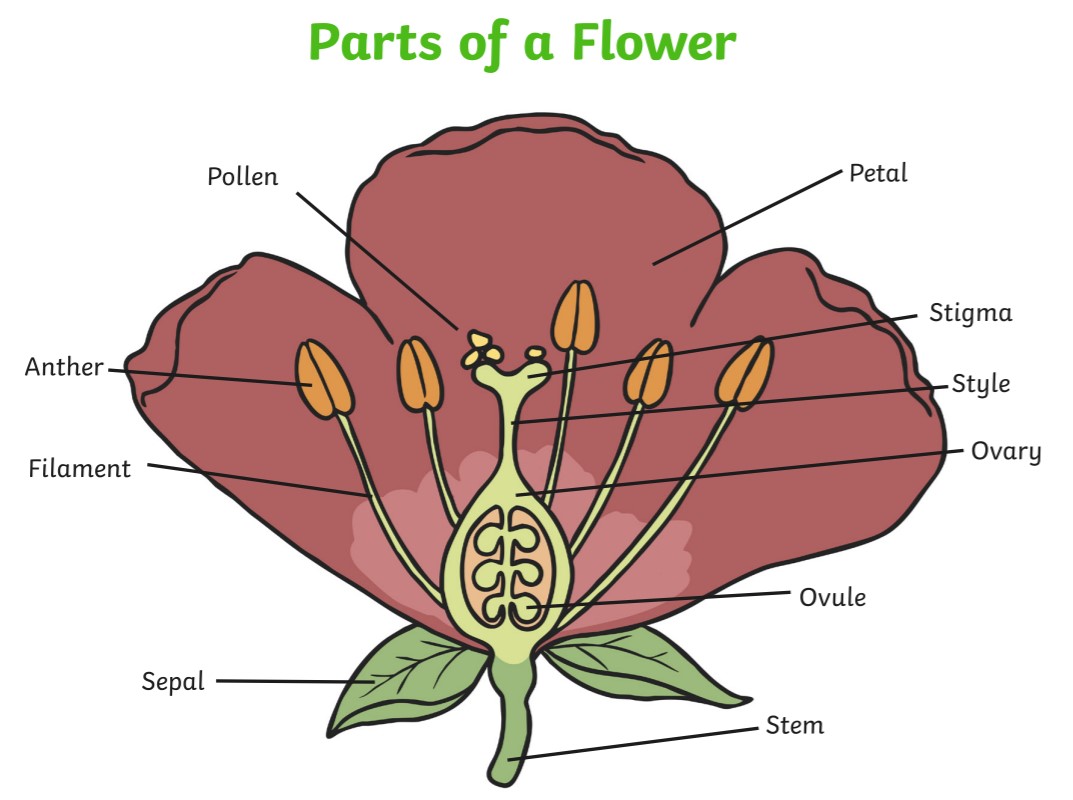
What is a Flower? Answered Twinkl Teaching Wiki Twinkl
Using printable diagrams is a great way to teach and become familiar with all the parts of a flower. To download either the labeled diagram above or unlabeled printable diagram below, click on either the diagram itself or the caption. It will open using Adobe Reader. From here you will be able to either save the diagram or print it. Related.
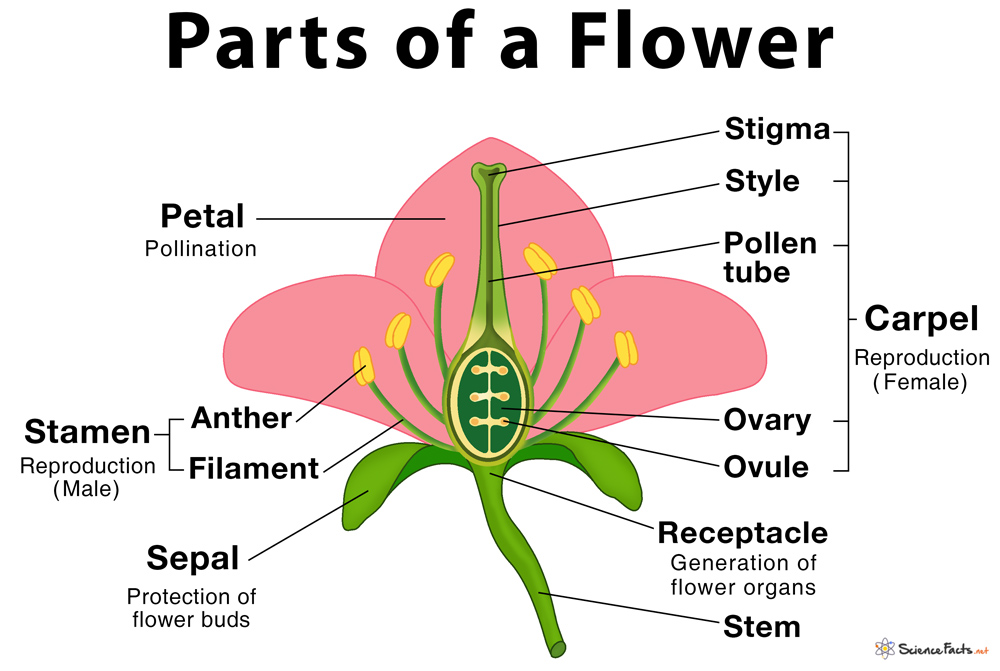
Parts of a Flower, Their Structure and Functions With Diagram
Label the flower parts Interactive View in te reo Māori Add to collection Use this interactive to label parts of a flower. Drag and drop the text labels onto the boxes next to the diagram. Selecting or hovering over a box will highlight each area in the diagram. style stigma sepal ovary filament ovule/seed anther pollen Download Exercise Tweet

Parts of a Flower and Plant and Their Functions (8 Diagrams Flower, Cell, Leaf, Stem etc.)
A typical diagram of a flower is divided into four main parts: 1) sepals, 2) petals, 3) stamen and, 4) carpel, each of them performing distinct functions. When a flower has all the four floral parts, it is called a complete flower. A flower missing any one of them is called an incomplete flower. Parts of a Flower Diagram. 1. Sepals.
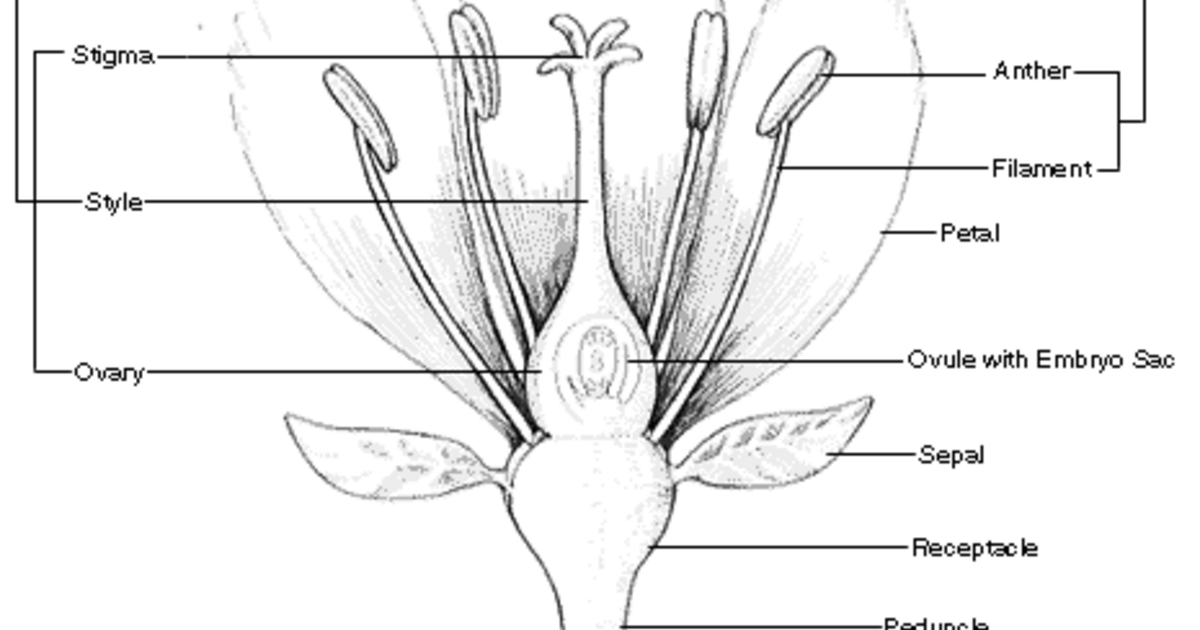
Parts of a Flower An Illustrated Guide AMNH
What does this Flowering Plant Diagram resource contain? Learn and label the different parts of plants and flowers using these helpful worksheets. The resource features a labeled diagram for both a flower and a plant, and two worksheets with blanks for your children to fill out. More Flower Resources Available to Download

The Longitudinal Section of Flower An Overview at BYJU’S
The diagram below shows the parts of a typical flower. Use the page index, below, to find out what each flower part does. Notes: Some flowers lack one or more of the four main parts (petals, sepals, stamens and carpels). Flowers such as these are known as incomplete flowers.
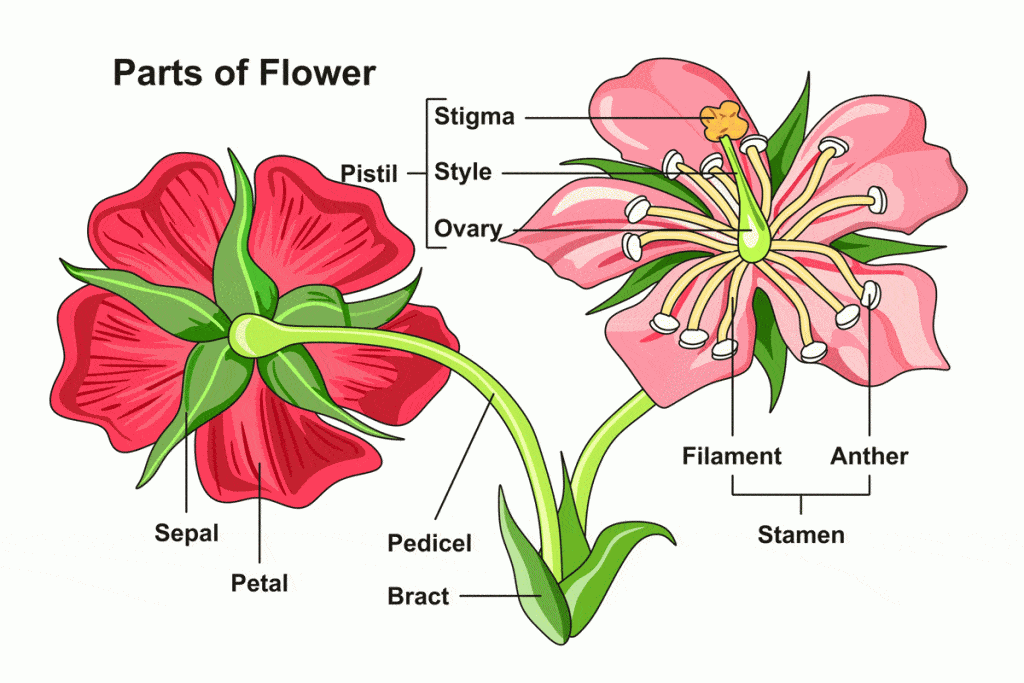
What Are The Parts Of A Rose Plant?
Parts of a Flower and Their Functions (With Diagram) by Trees.com Staff - last update on March 13, 2023, 8:00 pm Table of Contents Complete vs. Incomplete Perfect vs. Imperfect The sole purpose of flowers is sexual reproduction, therefore ensuring the survival of the species.

Education The Sructure and the Function of Flower
17 Parts of a Flower And Their Functions (With Labelled Diagram) May 22, 2021 by americangardener Overview A typical flower has four main parts or whorls referred to as the calyx, corolla, androecium, and gynoecium. The outermost whorl of the flower has green, leafy structures known as sepals.

The Flower Flower Bouquet, Parts, Functions, Classification of Flowers
Identify and label figures in Turtle Diary's fun online game, Parts of a Flower Labeling! Drag given words to the correct blanks to complete the labeling!

Parts of a Flower
14-16 post-16 Parts of a flower Parts of a plant Download a powerpoint showing labelled and unlabelled versions of these diagrams (both 'parts of a plant' and 'parts of a flower') from the link on the right. Here is a set of useful diagrams of the parts of a plant and a flower.

Labelled Diagram Of A Flower Luxury Floral Intimacy Parts of a flower, Diagram of a flower
Peduncle: The stalk of a flower. Receptacle: The part of a flower stalk where the parts of the flower are attached. Sepal: The outer parts of the flower (often green and leaf-like) that enclose a developing bud. Petal: The parts of a flower that are often conspicuously colored. Stamen: The pollen producing part of a flower, usually with a slender filament supporting the anther.
Flower structure diagram / RHS Campaign for School Gardening
This Flowering Plant Diagram contains four worksheets which can be easily printed on A4 paper. Two of these sheets contain a diagram of a flower, and two of these worksheets contain a diagram of a full flowering plant. Each set of resources has one version with the labels present, and one version with the labels removed.
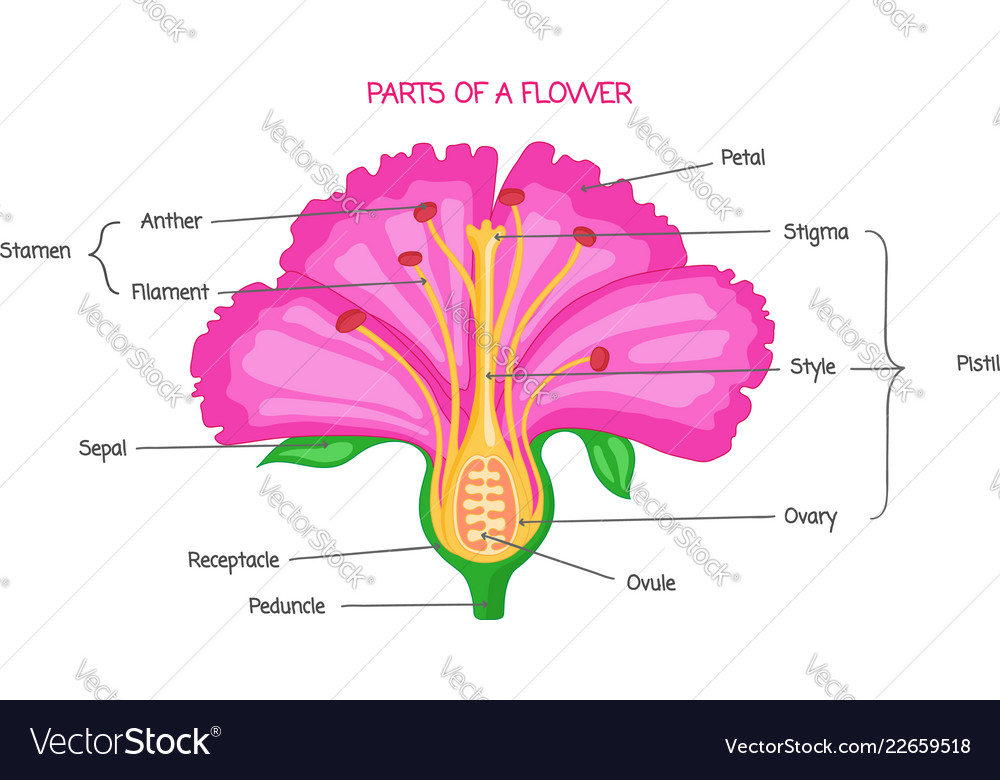
Part of a flower biological diagram Royalty Free Vector
white yellow pink red purple orange many others Petals do the job of attracting pollinating insects and creatures to the flowers. These include bees, butterflies, birds and bats. Such creatures aid in fertilization. Sepal The sepal consists of small leaves growing at the base of the petals. They protect the flowers before they bloom.
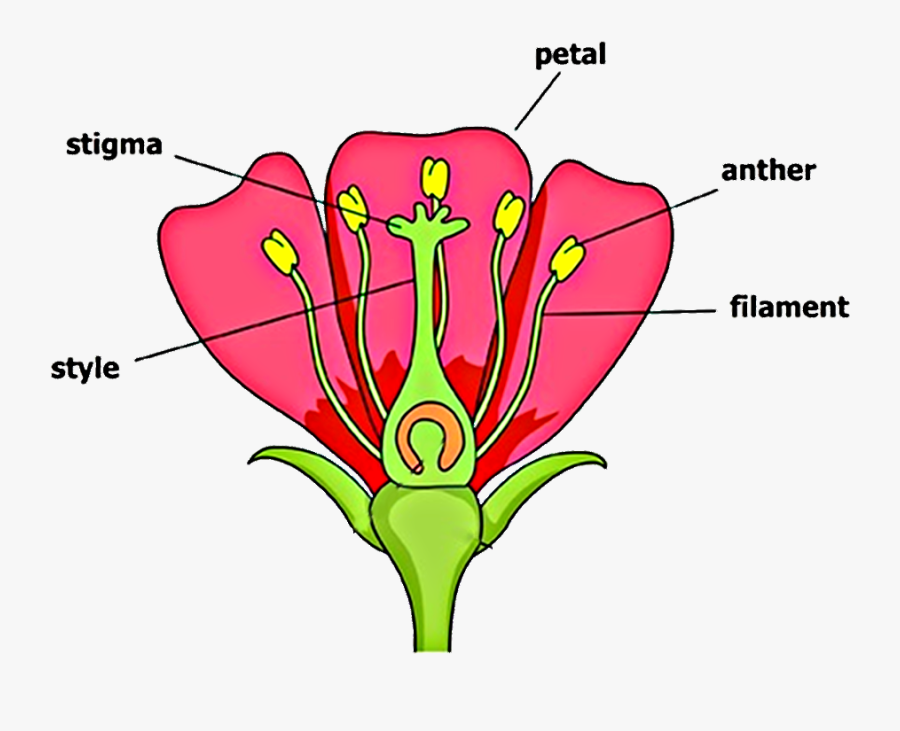
Diagram Of Hibiscus Flower With Labelling Eveliza Tumisma
Grow your flower knowledge with this excellent science activity sheet. Differentiated for all abilities, watch your child's understanding bloom as they learn to label the different parts of a flower. Supports the following area of learning within Key Stage 1: Science. Grow your flower knowledge with this excellent science activity sheet.
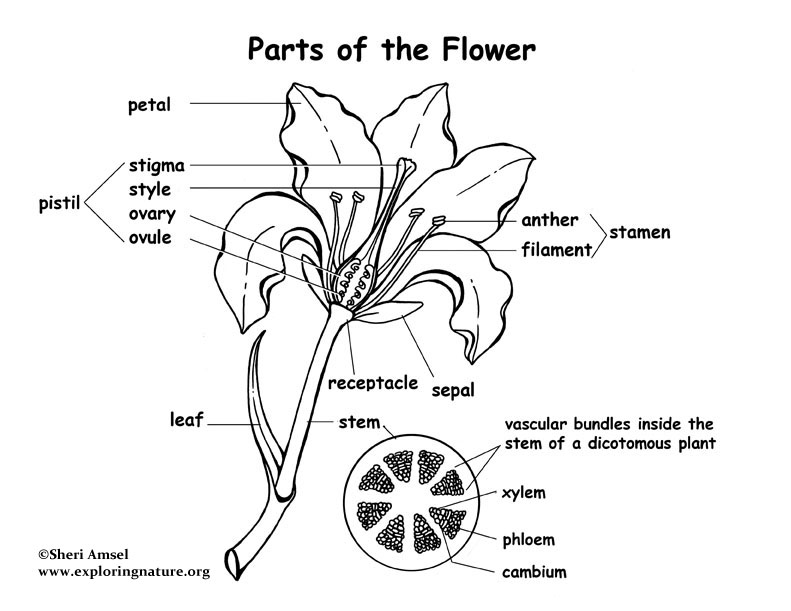
Flower Parts Labeling Page
Petals (Corolla): Petals are usually the most noticeable part of a flower and serve a vital function in attracting pollinators. The vibrant colors and enticing scents of petals attract pollinators such as bees, butterflies, and birds. Sepals (Calyx): These are small, modified leaves that enclose and protect the flower bud before it opens.

Anatomy of Flowers
1. Divide the class into small groups. Each group has a plate or cup with three or more different flowers. 2. Learners begin by simply looking at the flowers and completing the I Observe section on their worksheet. See attached. 3. Introduce flower structure. Refer children to the flower diagram chart.
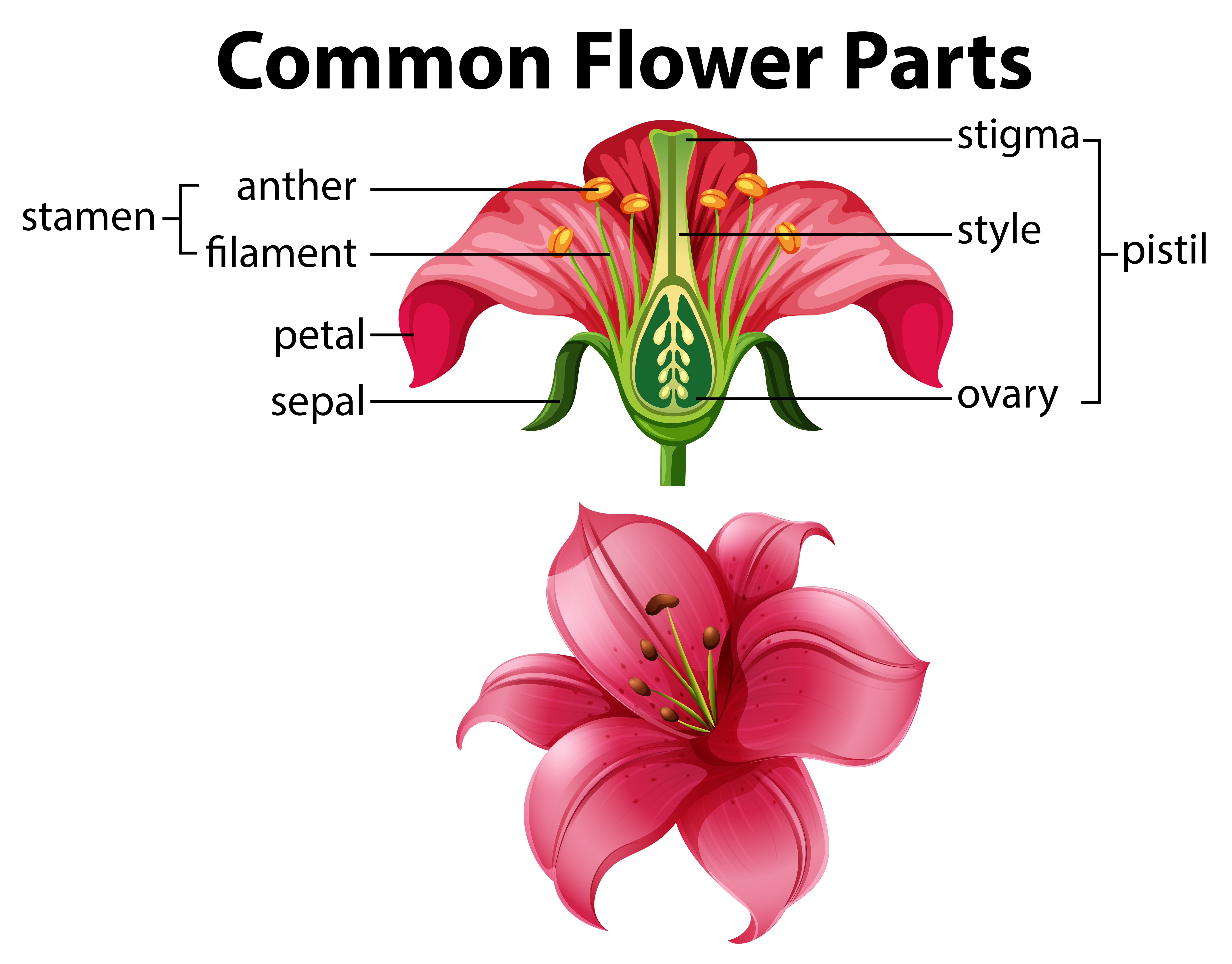
Science of Common Flower Parts 302683 Vector Art at Vecteezy
Parts of a Flower (Diagram of Flower Anatomy With Labels) Pistil (The Female Part of the Flower) The pistil functions as the female reproductive part of the flower that comprises of the stigma, style, and ovary. Sometimes the term carpel is used in place of pistil. In some cases, a carpel and pistil are one and the same thing.
